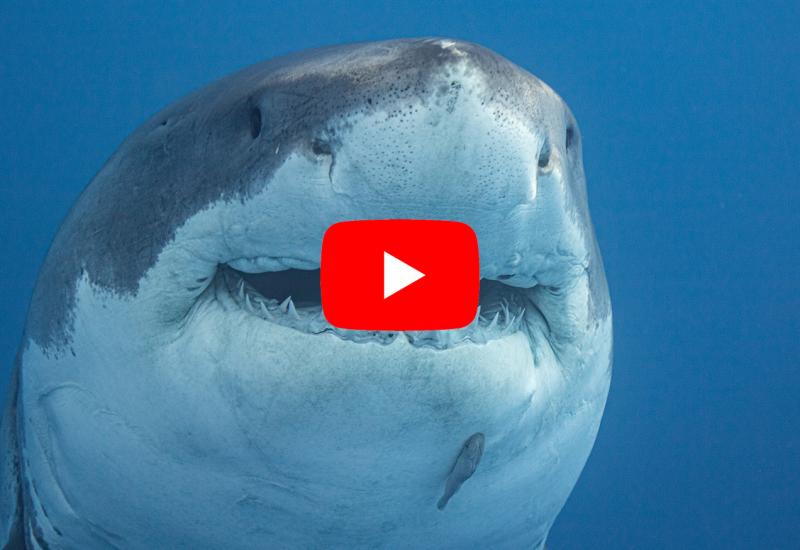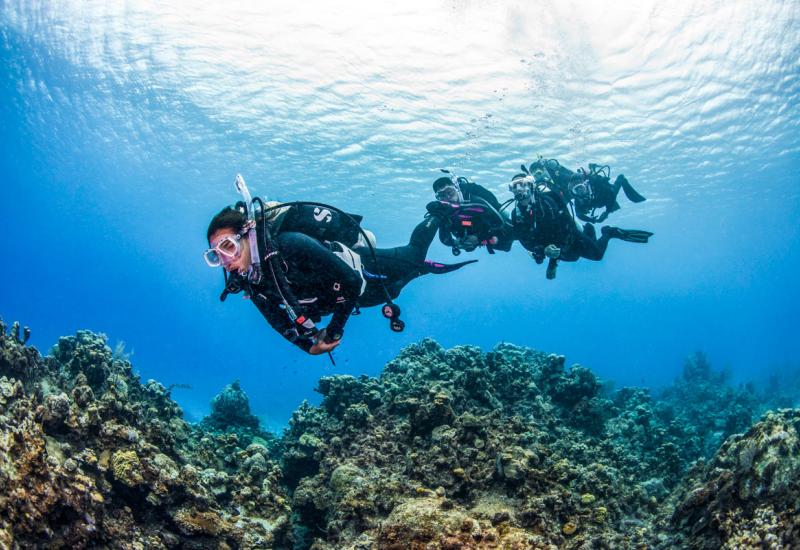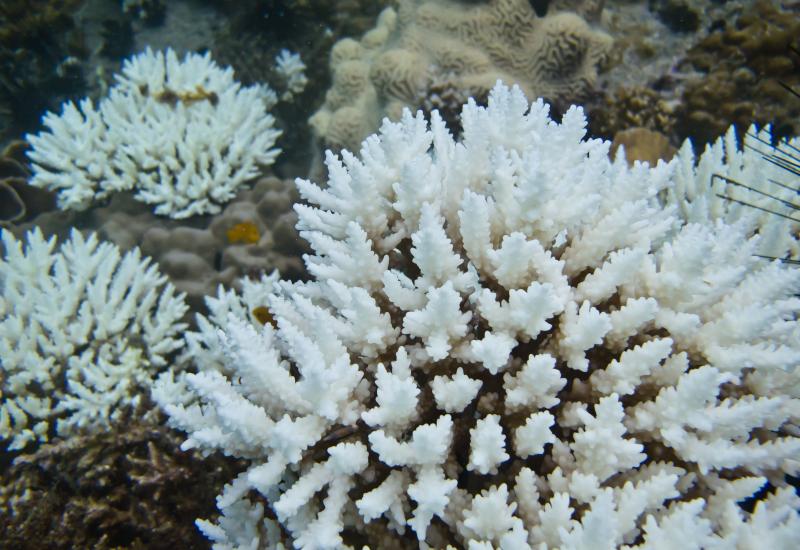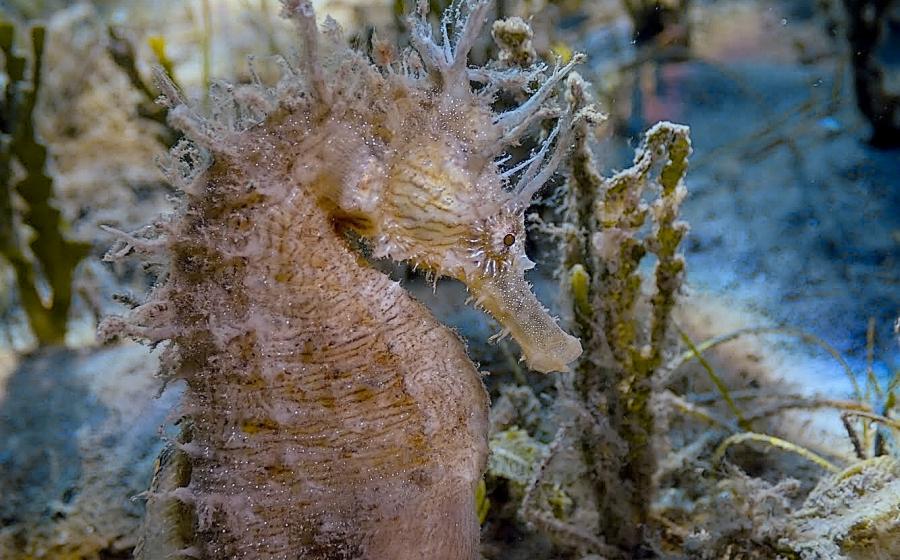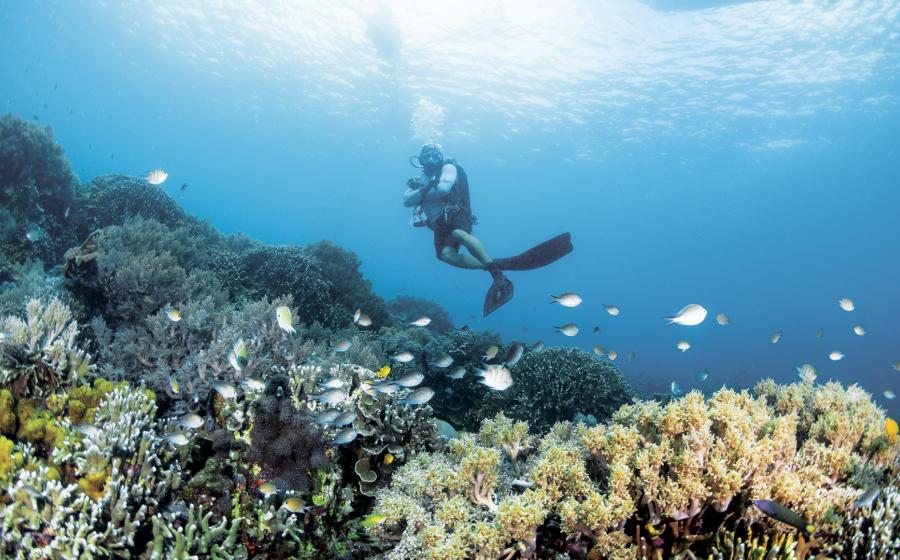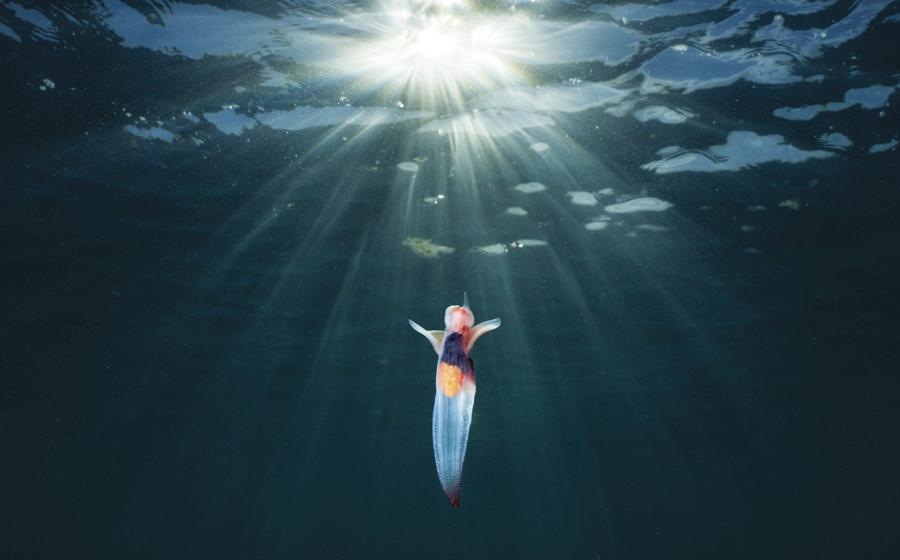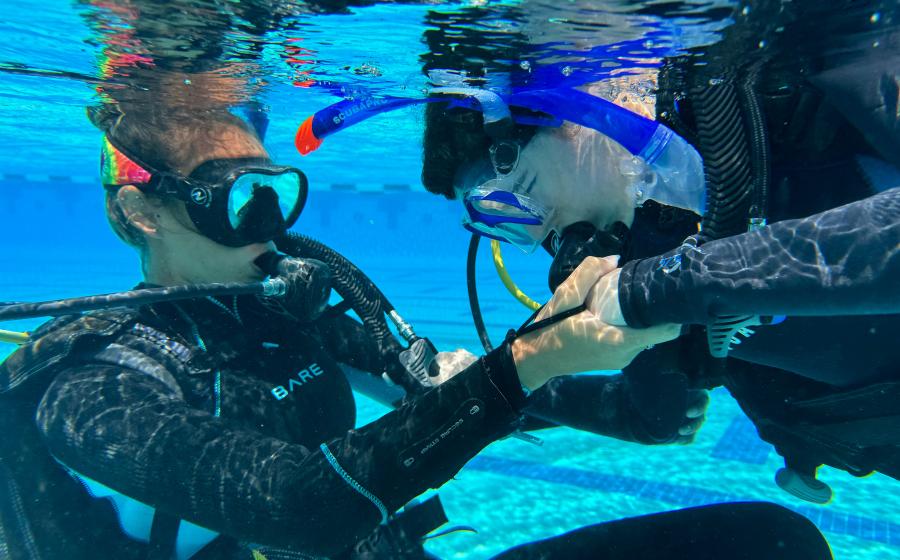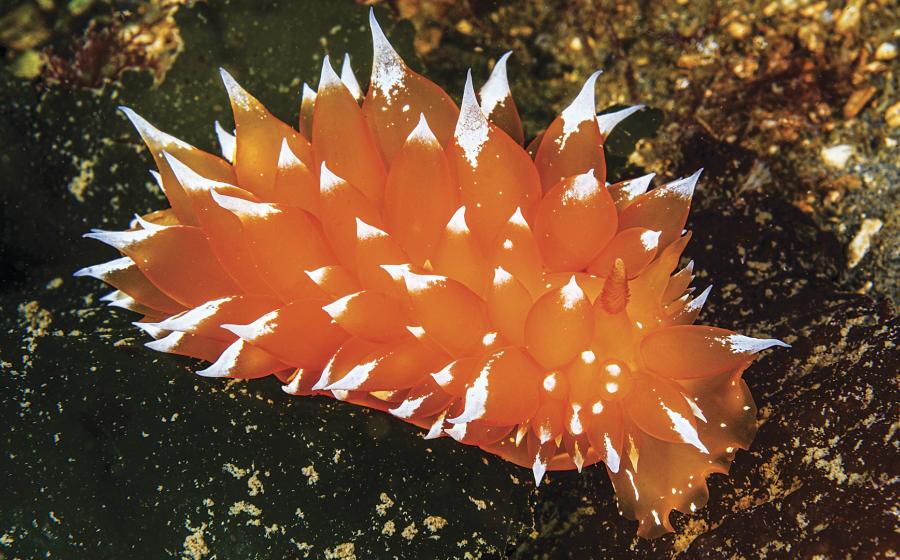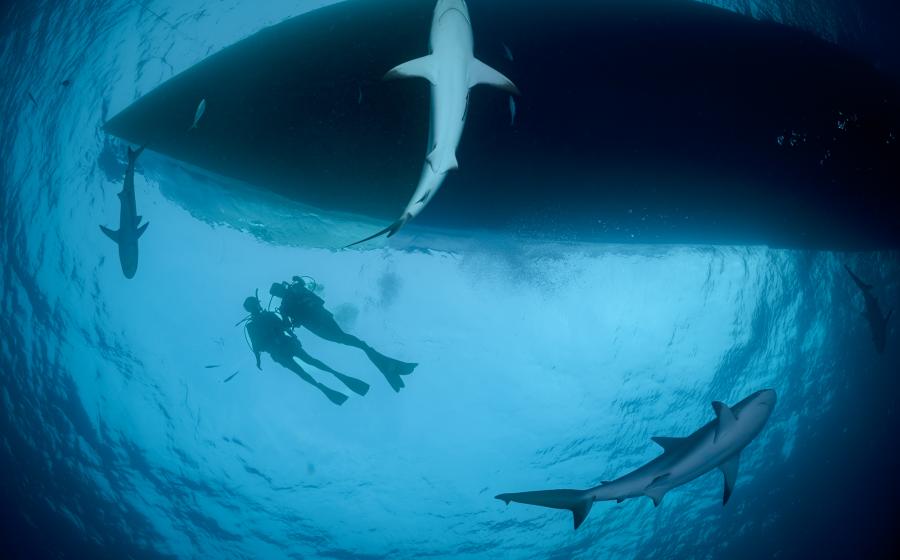Micronesian Ph.D. Student Becomes First Pacific Islander to Reach Ocean’s Depths
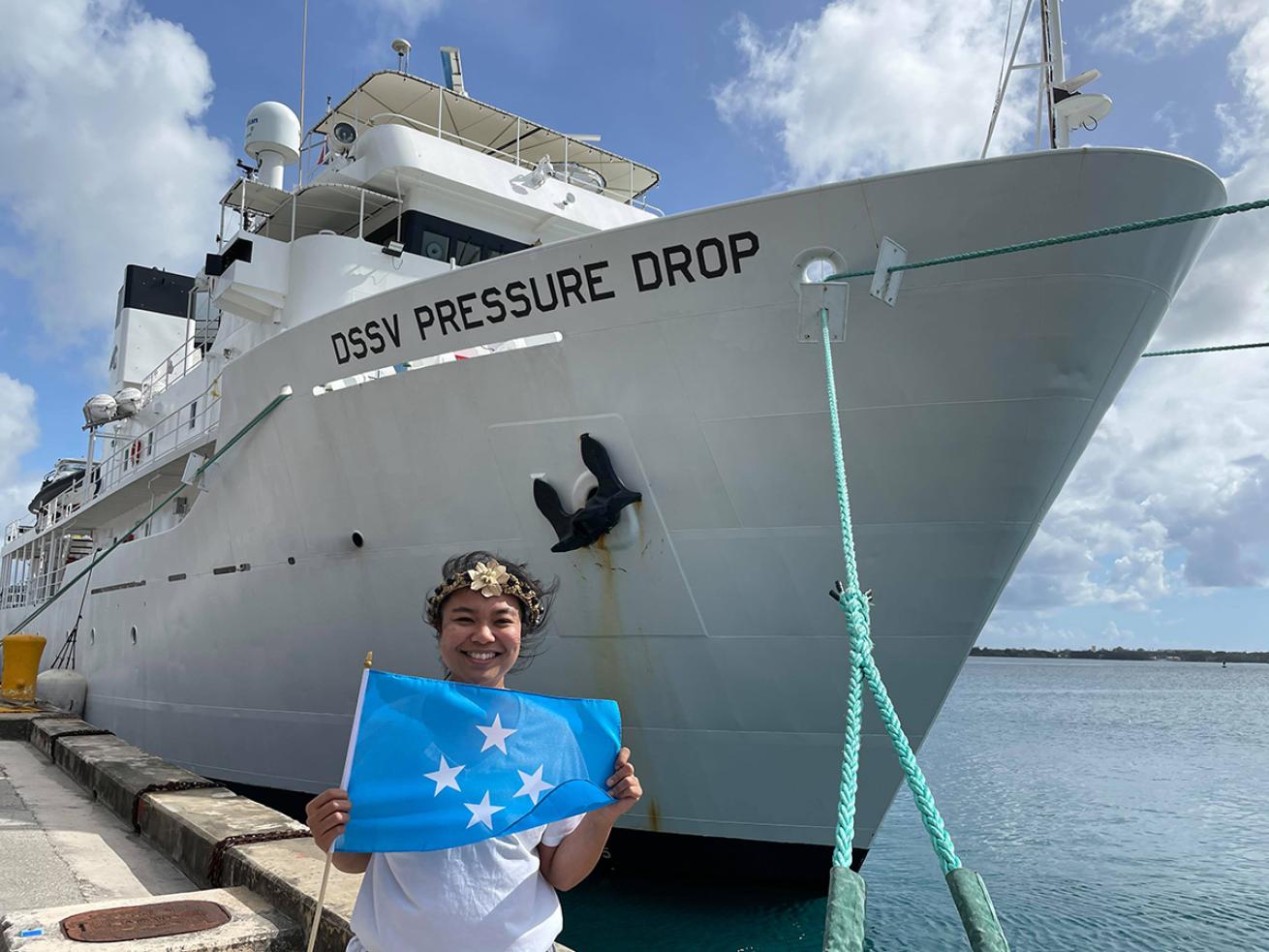
Jaya RoperezYamase holds the Micronesian flag next to the DSSV Pressure Drop, the support vessel for the Limiting Factor submersible.
A Micronesian researcher has just become the first Pacific Islander, and the third woman, to ever reach the ocean’s deepest point — Challenger Deep in the Mariana Trench.
Nicole Yamase, from the Micronesian islands Pohnpei and Chuuk, made the 10-hour, 7-mile journey to the sea floor, becoming one of about 20 people to reach the ocean’s true depths.
Deep-sea explorer Victor Vescovo organized the trip as part of his endeavor to map the seafloor with his submersible, DSV Limiting Factor, which is the world’s first and only manned vessel that can reach full ocean depth. Vescovo wanted a Micronesian scientist to make the journey with him, as the Challenger Deep lies within the Federated States of Micronesia's (FSM) exclusive economic zone.
Through her affiliation with the Micronesia Conservation Trust, Yamase, 29, was asked to represent the FSM on the journey.
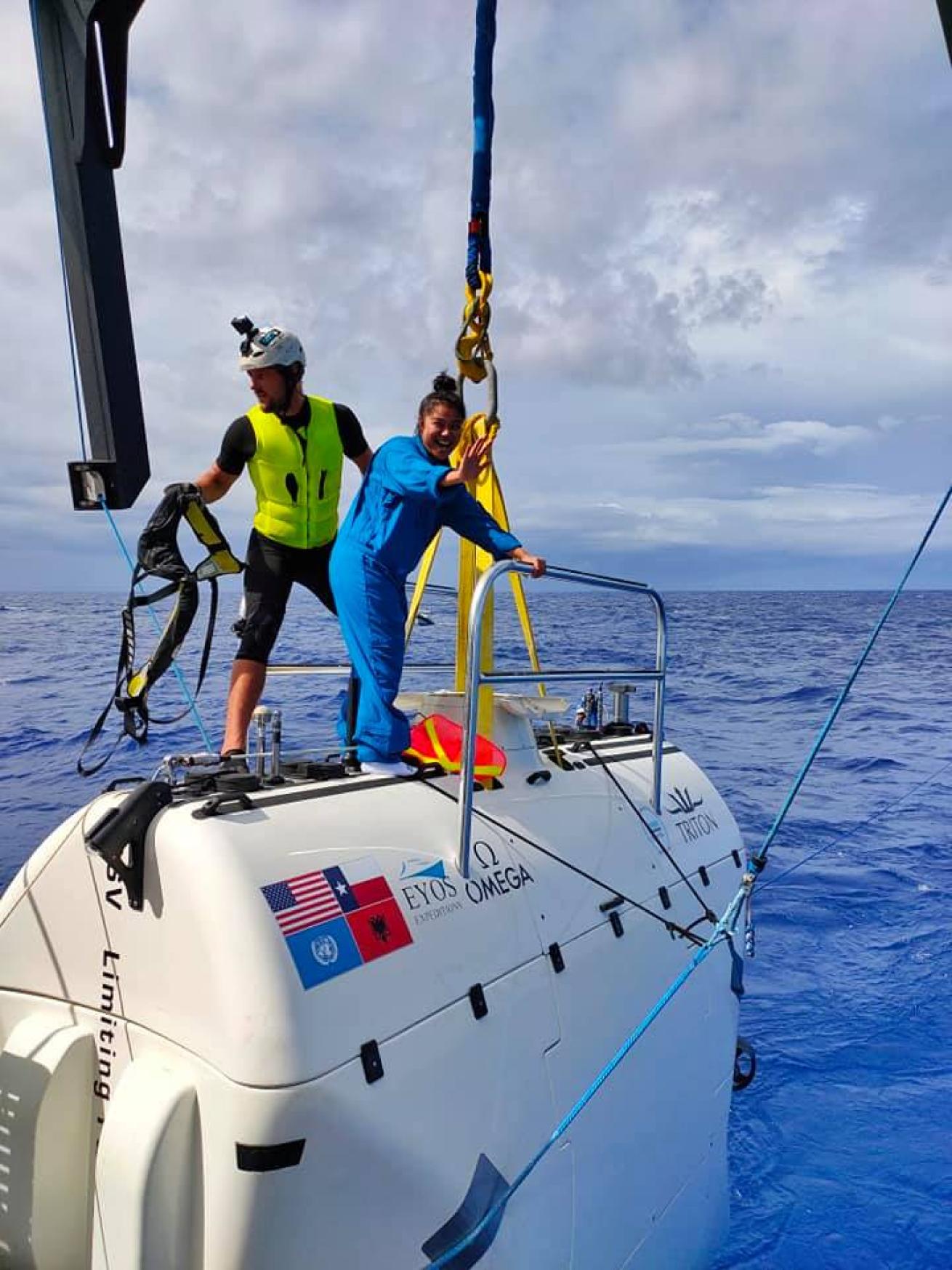
Joselito Dela Cruz MembrotYamase prepares to get inside Limiting Factor before her expedition to Challenger Deep.
On the ascent and descent, which take four hours each, Vescovo and Yamase listened to ABBA songs, watched Blue Planet, and snacked on apple strudel handmade by the Austrian chef of the submersible’s support vessel, the DSSV Pressure Drop.
“I loved every moment of the trip,” Yamase says. “Meeting Victor Vescovo and the DSSV Pressure Drop crew, learning more about their previous and future expeditions, living onboard the ship, checking out the landers and Limiting Factor before the dive, and being in the Limiting Factor submersible with Victor while exploring the eastern part of the Western Pool, where no one, to their knowledge, has ever been before.”
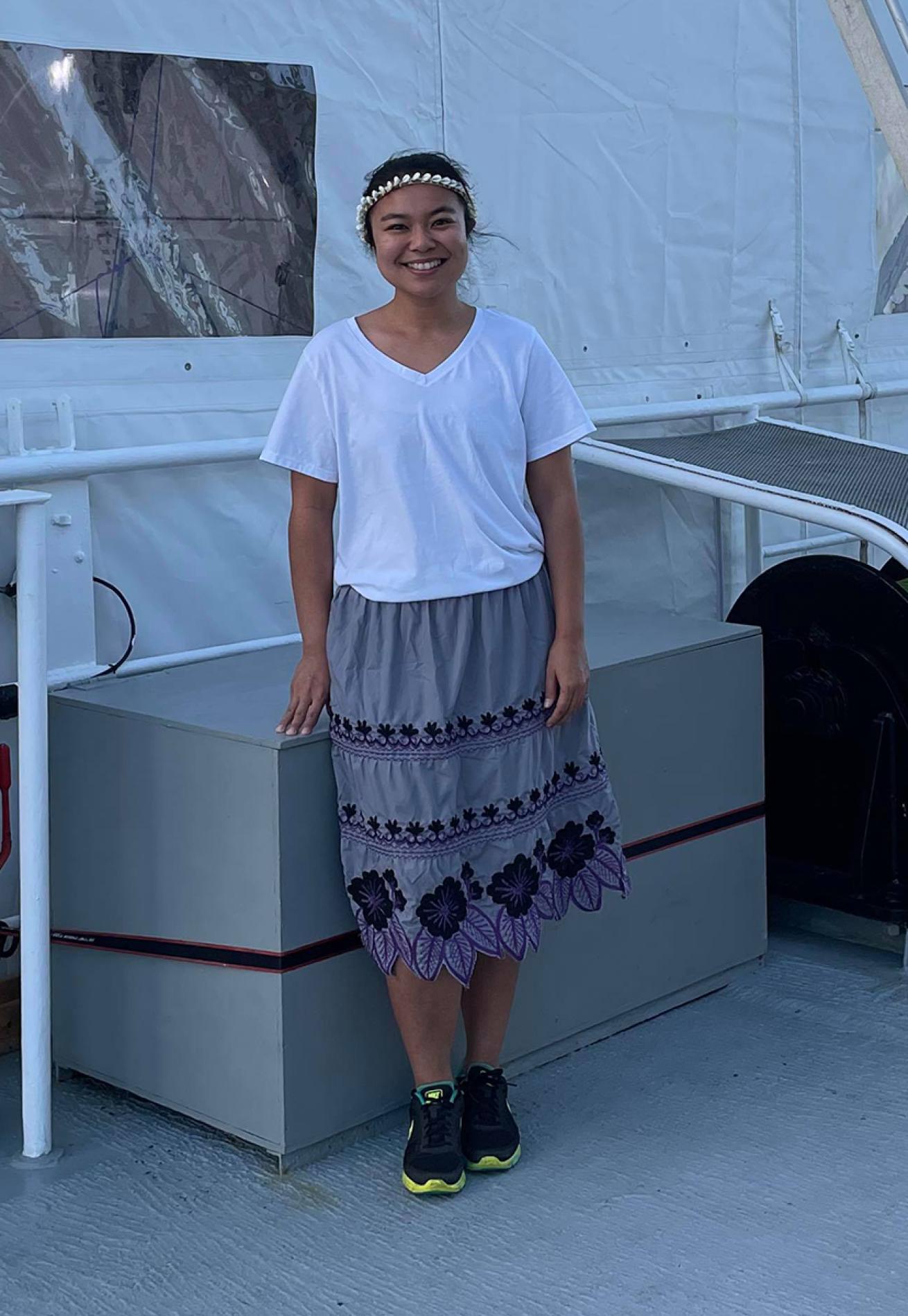
Jaya RoperezYamase poses in her urohs and mwaramwar (traditional Pohnpeian skirt and head lei) before descending to Challenger Deep.
The most impactful part of the experience, she says, was being able to represent her country and culture. Aboard the Limiting Factor, Yamase wore a traditional Pohnpeian skirt, called an urohs, and mwaramwar, a head lei, and brought “down my dad's hand-size model canoe,” she says. "This represented my father, who was the person who inspired me to go into marine biology; my mother's family (my Micronesian side) from Pohnpei and Chuuk; and Papa Mau Piailug, who was a master of traditional navigation from Satawal in Yap, FSM.”
As a Ph.D. candidate at the University of Hawaii at Manoa, Yamase is researching the impact of climate change on marine plants, which is particularly important to the coastal communities situated in and around the FSM.
“Understanding how our primary producers respond to these changes will help us predict the future health of our reefs,” she says. “This is crucial for the livelihoods of Pacific Islanders who highly depend on the ocean for many purposes.”
Her home country is rightfully proud.
It is “fitting that a Micronesian has finally seen the bottom of the Challenger Deep,” FSM president David Panuelo tells The Guardian, and that Yamase’s work is “awe-inspiring in its importance and breathtaking in its beauty.”
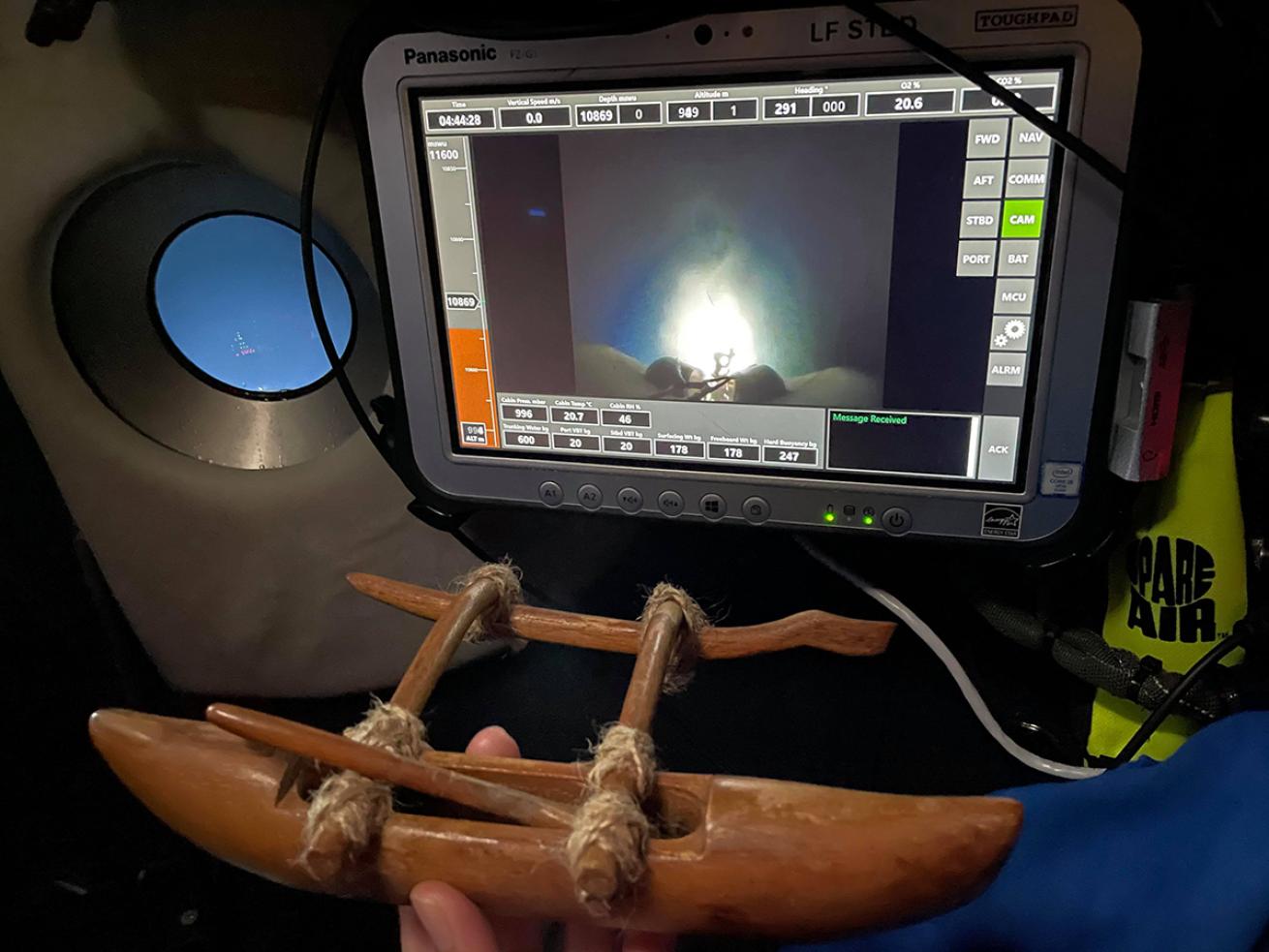
Nicole YamaseYamase holds her father's model canoe inside Limiting Factor.

